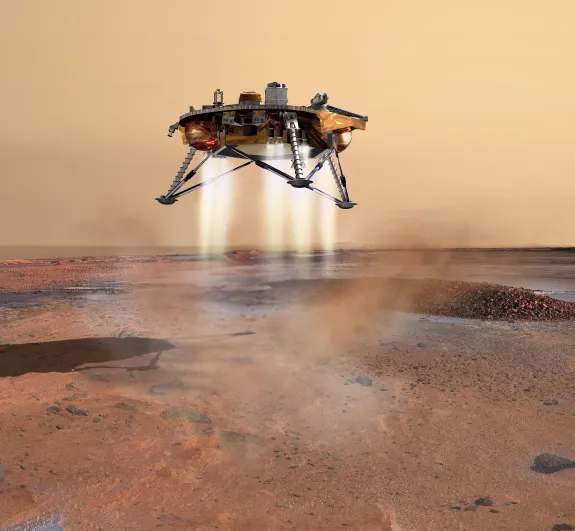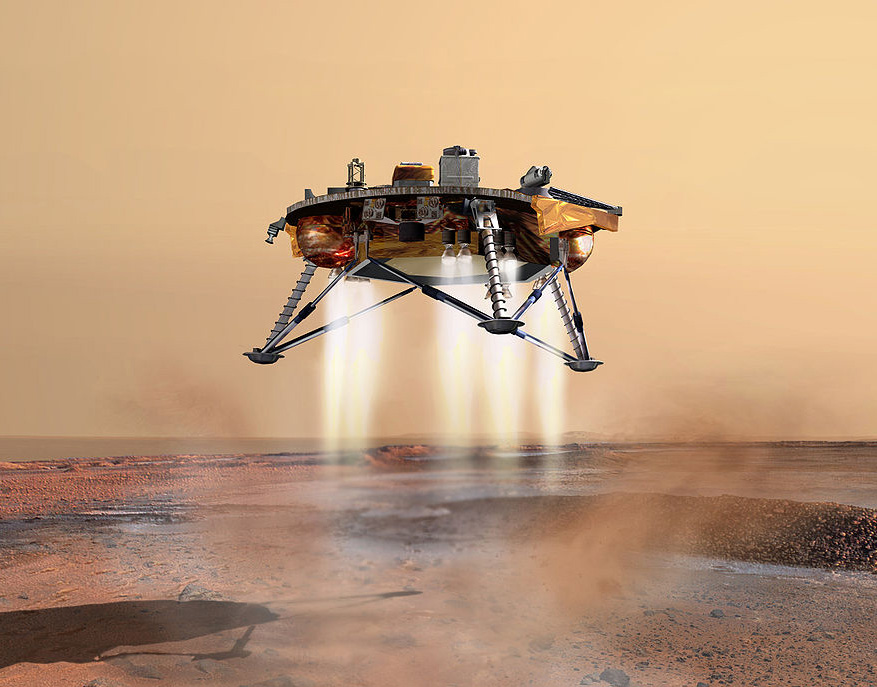
Phoenix
About
The goals of the Phoenix Mars Lander were to study the history of water in the Martian arctic, search for evidence of a habitable zone and assess the biological potential of the ice-soil boundary. Phoenix studied the Martian soil with a chemistry lab, TEGA, a microscope, a conductivity probe and cameras. In August 2008, Phoenix completed its three-month mission studying Martian ice, soil and atmosphere. The lander worked for two additional months before reduced sunlight caused energy to become insufficient to keep the lander functioning.
A Phoenix Rises from the Ashes: A Look Back at One of Tucson’s Most Astonishing Space Missions in An Excerpt from the Upcoming Book 'Discovering Mars' - October 14, 2021








